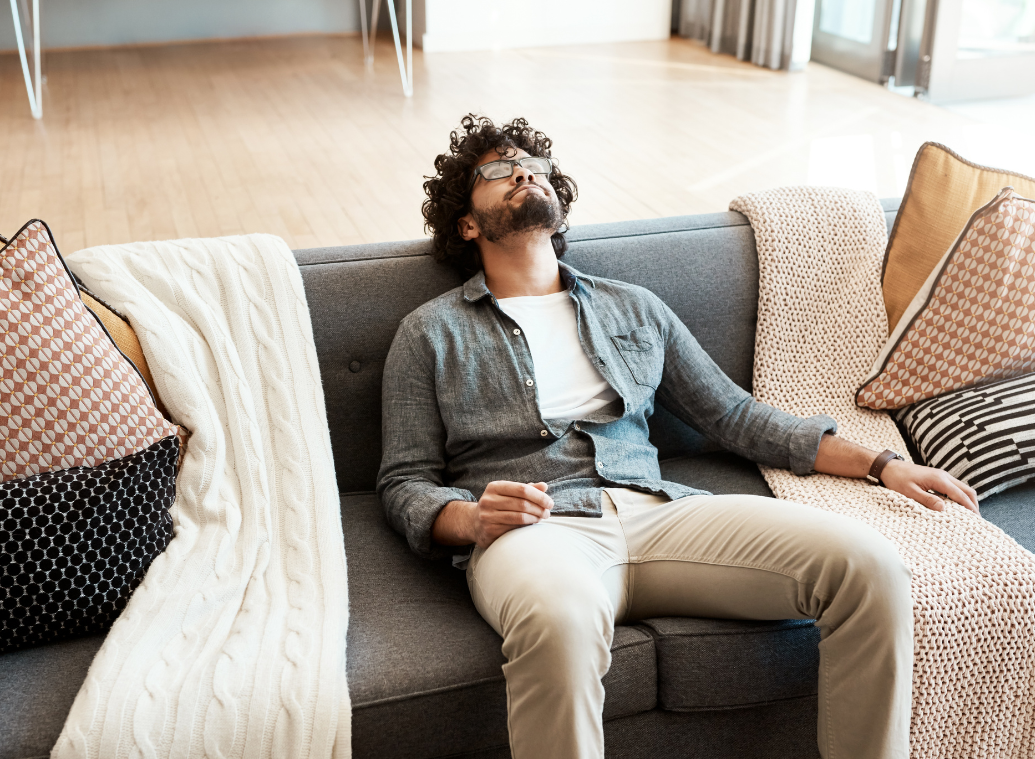- Home
- Share
- Forum
- General forums
- News from the media
- Even light exercise can increase men's lifespan
Even light exercise can increase men's lifespan
- 48 views
- 0 support
- 2 comments
All comments

Unregistered member
Thank you for sharing this invaluable informative article. Thoroughly enjoyed reading it is very encouraging too.
Once again. many thanks
Nineteeen_gale
![]()
mjteddy
Good advisor
![]()
mjteddy
Last activity on 31/03/2025 at 22:17
Joined in 2016
70 comments posted | 6 in the News from the media group
5 of their responses were helpful to members
Rewards
-
Good Advisor
-
Contributor
-
Committed
-
Explorer
-
Evaluator
-
Newsfeeder
I try to walk around 15 to 20 mins every day around where I live but recently I have had problems with hips back and feet so my wife bought me a twist and shape ( as seen on TV) and I've gradually increased my workout to 20mins morning and evening which according to the meter equates to around 250 calories lost each time, whilst this isn't a lot its more than I was losing so I'm happy with it and when the pain in the foot eases I hope to get back to my daily walk. I'm 63 in April and have been on the sick for over 12 months with stress and depression so anything that makes me feel better in myself is good. Has anyone else used one of these twist and shapes and how have they found it.
See the signature
Mjteddy
Give your opinion
Survey
Articles to discover...

14/03/2025 | Nutrition
Carbohydrates: Friend or foe? Everything you need to know to make the right choices!
Subscribe
You wish to be notified of new comments
Your subscription has been taken into account







Margarita_k
Community managerGood advisor
Margarita_k
Community manager
Last activity on 07/10/2020 at 11:39
Joined in 2016
1,195 comments posted | 154 in the News from the media group
1 of their responses was helpful to members
Rewards
Good Advisor
Contributor
Messenger
Committed
Explorer
Evaluator
A new study published in the British Journal of Sports Medicine finds that even a few minutes of low-intensity physical activity may significantly reduce mortality risk among senior men.
The Centers for Disease Control and Prevention (CDC) recommend that adults aged 65 and over engage in 150 minutes of moderate-intensity aerobic physical activity every week. This should be in bouts of at least 10 minutes, they say.
Aerobic activity refers to any kind of exercise that improves the heart and the lungs. Some examples include brisk walking, running, swimming, and cycling.
In addition to the 150 minutes, the CDC also advise seniors to engage in muscle-strengthening activities on at least 2 days per week.
If moderate activity takes up too much time, these recommendations can be tweaked into vigorous-intensity equivalents, as detailed on the CDC website.
As the scientists mention in their new study, research has shown that people who regularly engage in moderate-level physical activity have a 20–30 percent lower risk of premature mortality compared with inactive adults, and the benefits seem to be greater as people age.
But such an amount of physical activity can be difficult to integrate, so researchers led by Dr. Barbara Jefferis, of the Department of Primary Care and Population Health at University College London in the United Kingdom, set out to examine whether even lower levels of exercise intensity affected the mortality risk in seniors.
Low levels of physical activity and aging men
So, Dr. Jefferis and her team used the British Regional Heart Study to recruit 1,181 male participants aged 78, on average, for their own research. In 2010–12, the researchers asked these participants to wear an accelerometer — which is a device that measures the amount and intensity of physical activity — for 7 days. The seniors were all physically examined and asked questions about their lifestyle, history of heart disease, and dietary and sleeping patterns. Individuals with a pre-existing heart condition were excluded from the study.
The participants were clinically followed for an average period of 5 years, during which time 194 of them died.
Overall, the study found that the total amount of physical activity correlated with a lower all-cause death risk. This included low-intensity physical activity.
Specifically, for each additional 30 minutes of light exercise per day, the all-cause mortality risk decreased by 17 percent. Such light-intensity activities included taking the dog out for a walk or gardening.
Additionally, the bouts of activity did not seem to make that much of a difference on lowering death risk: sporadic bouts of activity were linked to a 41 percent risk reduction, while bouts of 10 minutes or more correlated with a 42 percent lower risk.
The findings suggest that sporadic bouts of activity are a more achievable goal, as two thirds of the participants achieved their weekly total this way, whereas only 16 percent of the participants achieved their weekly goal in 10-minute bouts.
Even modest level activities are beneficial
The study authors also note a couple of limitations to their research. From the initial, larger pool of participants, those who agreed to wear accelerometers in the first place tended to have a more healthful lifestyle overall, so this may have biased the results.
A further limitation is the observational nature of the study, which means that no causality can be inferred from the results. Finally, it is not yet known whether the findings can be generalized to women.
However, as Dr. Jefferis and colleagues explain, "[The] results suggest that all activities, however modest, are beneficial. The finding that [low-intensity physical activity] is associated with lower risk of mortality is especially important among older men, as most of their daily physical activity is of light intensity."
"Furthermore," they add, "the pattern of accumulation of physical activity did not appear to alter the associations with mortality, suggesting that it would be beneficial to encourage older men to be active irrespective of bouts."
MedicalNewsToday